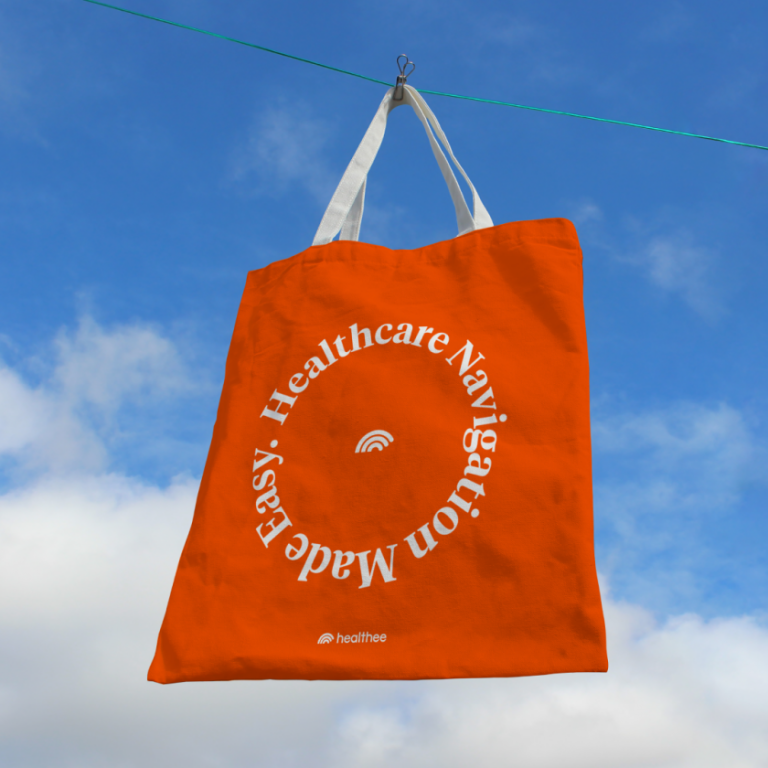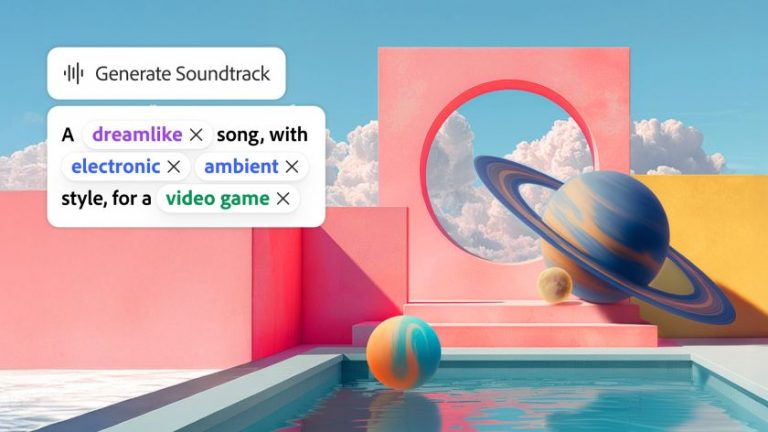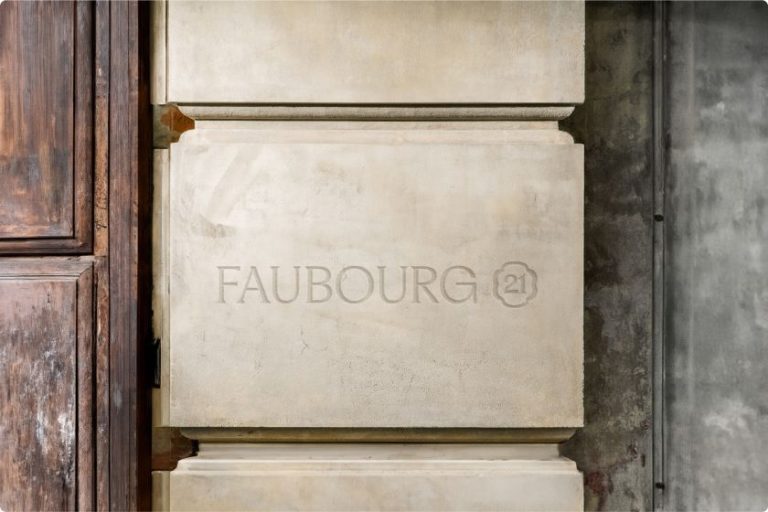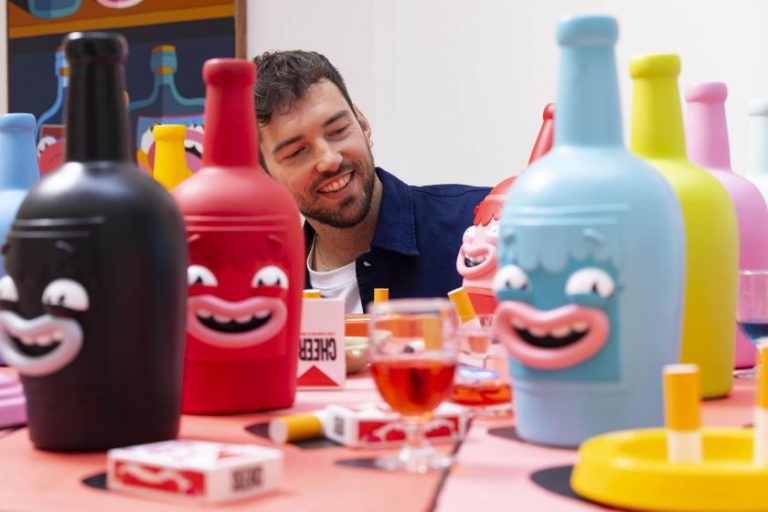Little Big Brands sought to respect the history of the garden’s namesake, Mildred Mathias while bringing it into the modern day with a new brand identity.
The UCLA Mathias Botanical Garden has launched its new identity, coinciding with the renaissance and modernisation of the garden itself, which includes enhanced entry points and common areas as well as a new central stream and water feature.
Created in partnership with New York-based branding agency Little Big Brands, the redesign will aim to showcase the uniqueness of the garden and better communicate all it offers to the community. The agency’s managing director Pamela Long says it was a “dream project” for the team, who felt that it was “an immediate culture fit” after conversations with the garden’s director and other stakeholders.
Immersion was particularly important for this project, so the core design team travelled to LA to spend an entire day in the garden, experiencing it as locals would. The team also spoke with key garden staff to help them understand the entry and exit points, key features and different geographic areas represented within the garden, as well as the wayfinding.
“There is no substitute for that experience, and it really brought the brief to life”, says Long.
A key change in the identity was the name, which went from The Mildred E. Mathias Botanical Garden to the UCLA Mathias Botanical Garden. The garden’s namesake, Mildred Mathias, was a prominent botanist, professor, and conservationist as well as the garden’s director from 1956 to 1974.
Long says the name change was “strategic on several levels” as the team wanted to respect its heritage in a more contemporary way.
“Mildred’s influence in the garden needed to be preserved but in a way that felt memorable and also aligned better with the university”, she adds, explaining how adding UCLA and shortening the name overall gives the garden “more stature” while serving as “a geographic marker in the sprawling Los Angeles community”.
Little Big Brands executive creative director Richard Palmer reinforces the design team’s determination to respect the history of the garden when finding a way to represent the living nature of the garden itself. He also notes the garden’s fixed location, which differentiates it from something like a CPG brand that constantly evolves.
“The branding will likely live in the world for some time, so it needed to have some gravitas and staying power”, says Palmer. “We also had a board and institution that needed to love and embrace the work, which always adds another level of complexity.”
In a fashion, the identity system is an extension of the garden itself, though it also brings the environment to life in a new way. It was designed to evoke a sense of education, exploration and wonder, with Clarkia petals being used across various touchpoints including the wayfinding in the garden.
“The garden itself is incredibly lush and diverse, and the Clarkia flower grows abundantly throughout it, making it a compelling marker for the identity itself”, says Palmer. The Clarkia flower is native and endemic to California and grows throughout the state.
Palmer explains how each petal in the logo represents one of the most iconic and unique Clarkia species, coming together to form another blossoming flower within the negative space. In contrast, individual petals are used for wayfinding or highlighting visuals and information.
“Importantly, one of the types of Clarkia featured prominently in the identity and throughout the garden is Clarkia mildrediae (or Mildred’s Clarkia)”, he adds.
UCLA Mathias Botanical Garden’s colour palette also takes cues from the Clarkia flowers themselves, with a wide range of saturated pinks and purples featuring across the brand.
For the typography, Little Big Brands started with the Adobe font Omnes as the base. According to Palmer, it was chosen for its “clean, modern and approachable feeling”, which the studio wanted to imbue throughout the identity. The letterforms from this font were then modified, resulting in the final logo.
“It was important for us to create something that could be easily used by garden and campus staff as they needed to create new materials or update existing ones”, says Palmer. “We also had to create something that worked with or without the UCLA typography.”
UCLA Dean of Life Sciences and director of the garden Victoria Sork discusses the agency’s passion and appreciation for the garden. She says, “Their vision helped bring our unique space and rich history to life in a modern and approachable new way.
“We’re thrilled with the result and have already received so much great, positive feedback. We can’t wait to share it with a broader audience.”










